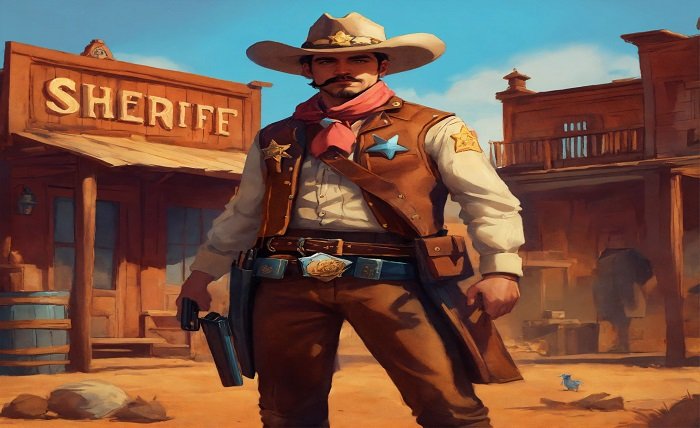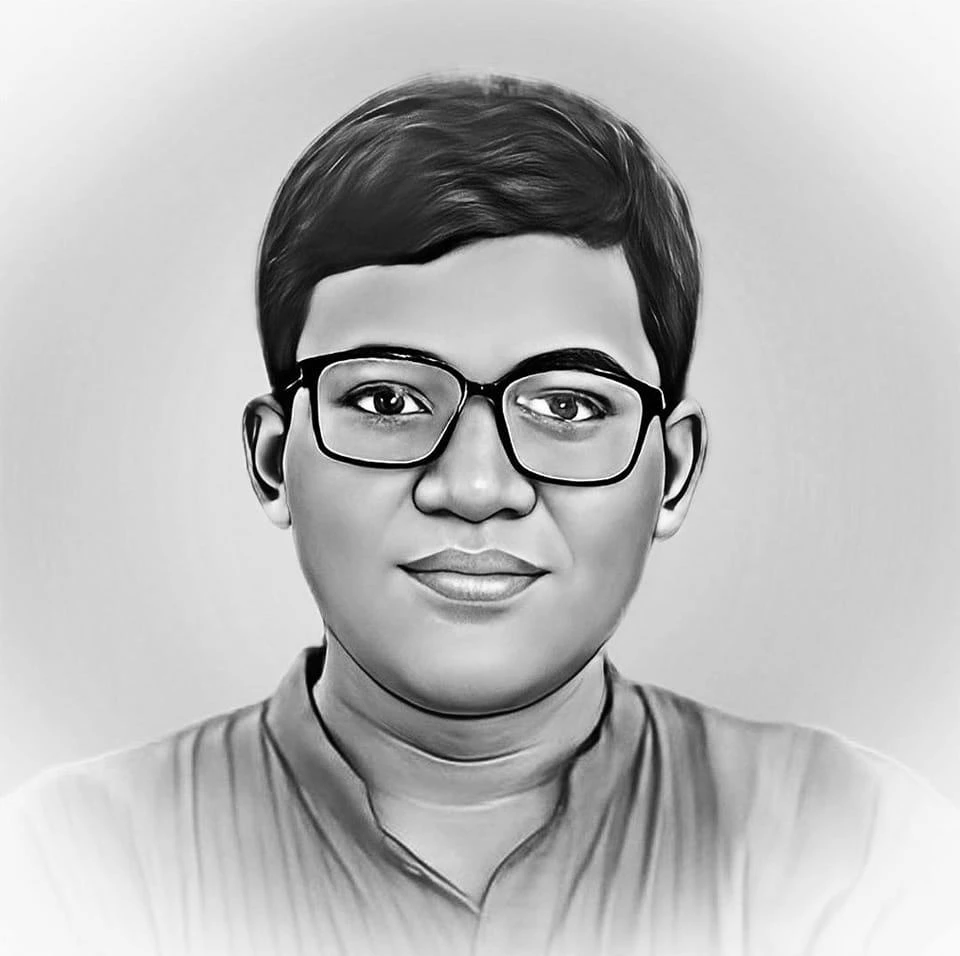Overview
Gun violence occurrences have grown to be a major national worry in recent years. The Austin shooter case was one such instance that attracted a lot of media attention. This incident prompted talks on mental health, community safety, and the difficulties in responding to law enforcement incidents in addition to highlighting the difficulties in combating gun violence. This blog post attempts to give a thorough rundown of the Austin shooter incident, covering the prelude, the aftermath, and the wider social ramifications.
The Austin Shooter Incident’s Historical Background
A closer examination of the events that took place is necessary to comprehend the background of the Austin shooter incident. On specified day, a shooting took place in Austin, Texas at [specific location]. The shooter’s difficult past became evident as more information came to light, raising concerns about how mental health issues are handled in society.
The Profile of the Shooter
The gunman, known only as shooter’s name, had a prior record of important information about their past. This history was essential to comprehending their intentions and behaviors on that fateful day. During investigations, questions concerning the gunman’s mental state, violent past, and any prior run-ins with the law are frequently raised.
The Order of Things
Explain the sequence of events on the day of the incident. Details concerning the shooting, the police response, and the immediate aftermath were reported by eyewitnesses. This section will examine the events leading up to the turmoil and the prompt measures taken by the government to defuse the situation.
Response of Law Enforcement
The way austin shooter law enforcement authorities responded was essential to handling the situation. The responses of SWAT teams, local police, and other emergency responders to the shooting will be covered in detail in this section.
Quick Actions Executed
The moment law enforcement agencies learned about the shooting, they mobilized. Within minutes, officers were on the site, putting protocols in place to control the situation and guarantee public safety. This quick action probably stopped more deaths from occurring and emphasizes how crucial preparation is in situations like this.
Obstacles in the Path of Law Enforcement
Even with the quick reaction, law enforcement had many difficulties during the event. These comprised information regarding the intricacy of the situation, crowd management, and communication problems. Comprehending these obstacles is vital in assessing the efficacy of the reaction and pinpointing opportunities for enhancement in subsequent occurrences.
The Community’s Effect
The local community was greatly impacted by the events surrounding the Austin shooter tragedy. The shooting had a variety of effects on austin shooter, ranging from increasing cries for reform to heightened concerns.
Community Responses
The community came together in the days that followed the shooting to share their sorrow and indignation. Local organizations came together to support the families of the victims, and vigils were held. We’ll look at how the community’s reaction reflected attitudes about gun violence in society at large in this part.
Effects on Public Safety Over Time
Discussions concerning public safety measures in Austin were sparked by the occurrence. Leaders in the neighborhood and local government started evaluating the policies in place and brainstorming ways to improve safety. Debates on community outreach initiatives, mental health services, and gun control laws fall under this category.
Considering Mental Health 
The mental state of the gunman was one of the most important aspects of the austin shooter incident. This section will look at how mental health plays a part in gun violence and how society may deal with these problems more skillfully.
The Relationship Between Gun Violence and Mental Health
Studies reveal a nuanced connection between gun violence and mental health. Even while the vast majority of people with mental health problems do not act violently, there is a chance in some situations. It is imperative to comprehend these subtleties in order to formulate efficacious preventive measures.
Techniques for Enhancement
The implementation of comprehensive mental health programs is important in order to avert future catastrophes. This could entail boosting community awareness of mental health issues, expanding financing for mental health services, and facilitating better access to care.
Lawmakers’ Reactions
Following the Austin shooter event, state and federal legislators started putting out fresh gun violence legislation proposals. The many legislative reactions that surfaced will be examined in this section.
Suggested Gun Control Measures
A number of lawmakers demanded tougher gun control laws after the shooting. These included suggestions for red flag regulations, limitations on particular kinds of firearms, and background checks. Legislators and voters frequently argue passionately over these measures’ viability and efficacy.
The Function of Lobbying Groups
Gun violence advocacy groups have a big influence on how people talk about it. Public opinion was mobilized by groups like names of certain organizations, which pushed for reforms and held legislators responsible. Their endeavors are crucial in cultivating a firearm-related culture of safety and accountability.
Summary
A sobering reminder of the problems caused by gun violence in society is provided by the austin shooter incident. It emphasizes the necessity of a comprehensive strategy that includes community involvement, mental health care, and legislative action. As we consider this terrible incident, it is crucial to keep talking about how to stop similar incidents in the future and make communities safer for everyone.
FAQs
What was the reason behind the shooting event in Austin shooter?
Investigations usually delve into elements including the shooter’s mental state, personal circumstances, and other influences, even if pinpointing the precise motivation is frequently challenging.
In what way was the occurrence received by the community?
The neighborhood joined together to talk about public safety and gun violence, support the families of the victims, and organize vigils.
What actions are being done in the wake of this occurrence to address mental health?
Funding for mental health services, enhancing patient access to care, and increasing community understanding of mental health issues are all receiving more attention.
Have any new legislation been suggested in reaction to the shooting incident in austin shooter?
Yes, a number of legislators have put up red flag laws and background checks as gun control measures to stop tragedies like this.
What part can individuals play in keeping their communities free of gun violence?
People can participate in neighborhood dialogues, lend support to neighborhood advocacy initiatives, and raise awareness of mental health and firearm safety protocols.







